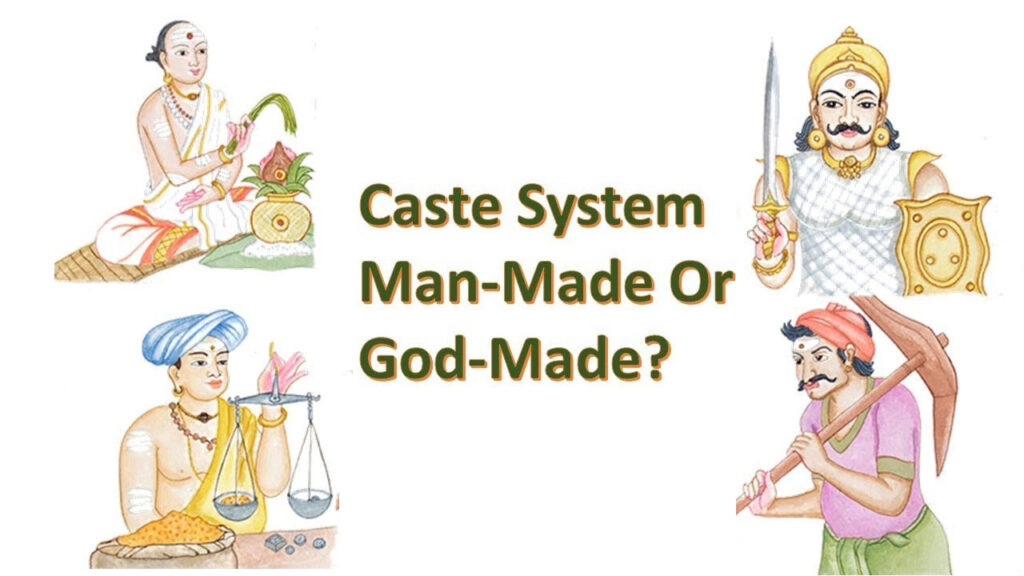
The ancient code of social stratification which is the caste system defined how a person will earn a living and whom to marry. The other name for the caste system is Jati. The ancient tradition prevails in today’s world. But the shift of ancient tradition to contemporary evolved during these years.
Well, the caste system is a hereditary social hierarchy also called the Jati system existed for nearly 2000 years. Historians believe that this social distinction may be based on ancient Hinduism.
According to Hinduism, the caste system is acquired by the individual’s soul and passion. It is not based on hereditary. Over the centuries it has been degraded and thought that the caste system is attained by birth and passed on from generation to generation. This ideology contradicted the original form of the caste system.
Table of Contents
Impact of Jati
For generations, the caste system or Jati adopted by the larger community is unfolding to more opportunistic ideas. While the Jati system defines the community in groups rather than as an individual.
The term Jati exists in almost all languages and is related to the idea of kinship or heritage group. There are more than 3000 jatis. In each regional area, the ranking of jati exists and is related to purity and pollution. Also, each Jati has its corresponding job to perform in the community.
The Varnas
Under the system, the society is strictly divided into four hierarchical social classes or the varnas – at the highest rank are the Brahmins, describe as priests and intellectuals; then the Kshatriyas or nobles and warriors; followed by the Vaishyas or traders; the Shudras or laborers or servants at the bottom.
Below them are the ostracized from traditional Indian society called ‘the untouchables’ now called the Dalits. Over the years social discrimination and caste intolerance aggravated resulting in another layer of Shudras, the Dalits.
Dalits community
The word ‘Dalit’ meant “divided, split, broken, scattered” in classical Sanskrit. They are limited to marry people from higher castes, also not allowed to share foods and water with the rest. They are given the name ‘untouchables’ as their touch would defile the others.
This is the lowest caste and is directed to undesirable jobs like cleaning sewers. As they are considered impure, Dalits have been regularly discriminated against and segregated from schools and religious temples. There are reports that some are even punished for letting their shadow fall on someone belonging to a higher caste.
There are laws and prohibitions in marriage, ownership of property, and also in serving food. Inter-caste marriage is restricted. So a man has to marry a woman from the same caste group. In case if a priest consumes food prepared by a Shudra, he will be born as a pig in his next life.
Transition in the system
India is growing and changing rapidly in the socio-economic spheres. The most recent economic data indicated in the urban areas, a wealth gap of 60% exists between people traditionally from the highest and the lowest caste.
Meanwhile, the younger generation exhibits greater tolerance. A study in 2019 observed a generational shift in attitudes with almost a quarter of profiles on matrimonial websites opens to inter-caste marriage. While it remains a taboo in several rural areas.
Caste system outlawed
In 1955 discrimination based on caste was outlawed. Also the government implemented special quotas in colleges, universities, employment, civil bodies, etc. In order to aid the lowest jatis, such provisions are allocated. However, vestiges of the caste hierarchy undoubtedly remain.
Further in democracy caste groups as a political strength is encouraging. This acts as a vote bank for political parties. While a politician’s caste continues to be a deciding factor for many voters.
Although this social system is deeply rooted in the social structure. For India to become completely free: better education, government policies and social programs may be implemented. Economists experts and political scientists are uncovering that caste is not an impediment to economic development or political democracy.